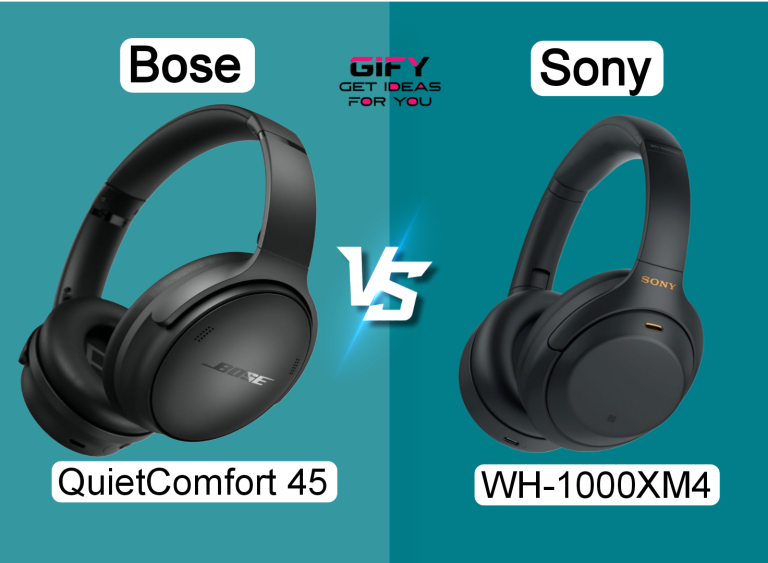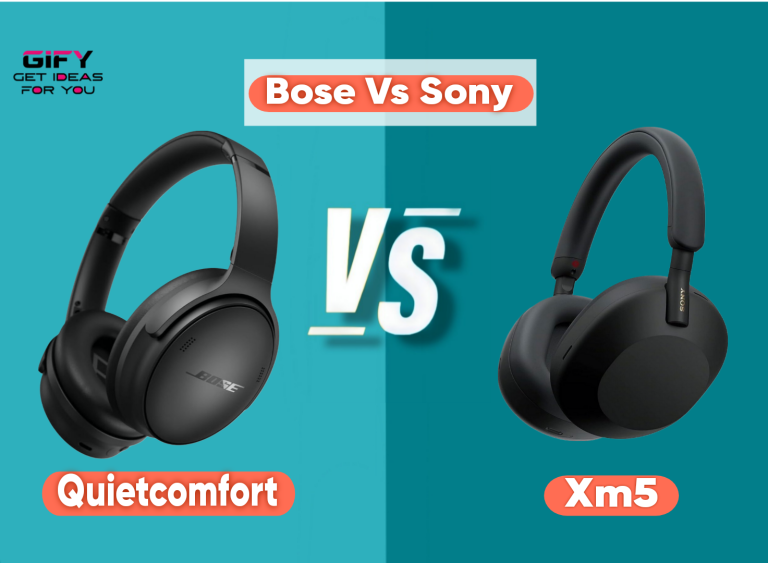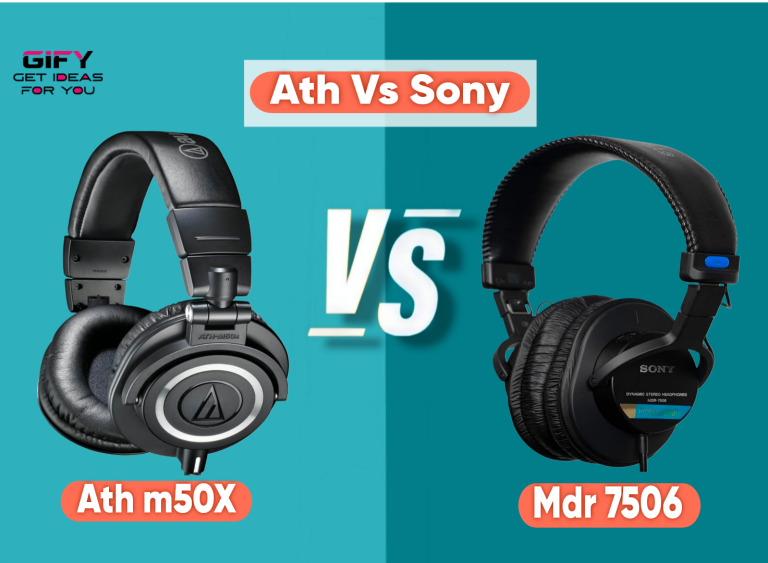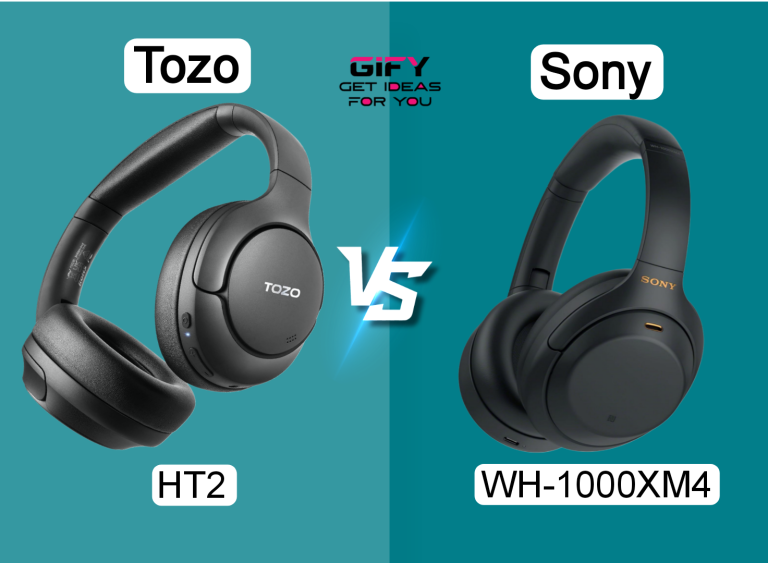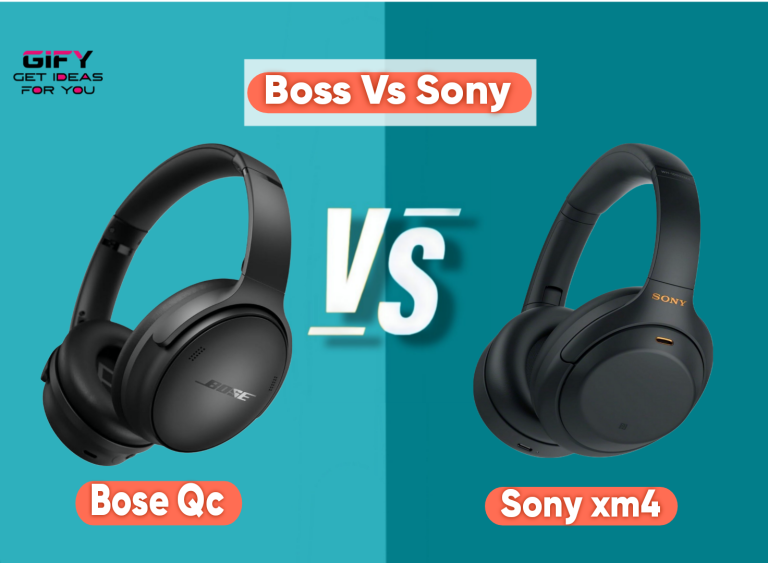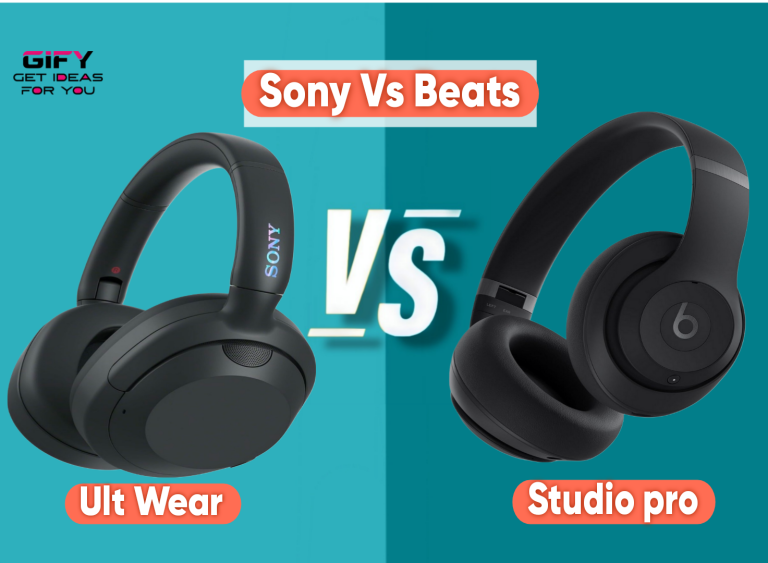Jabra elite 10 gen 2 vs Sony wf 1000xm5 : Choosing between the **Jabra Elite 10 Gen 2** and **Sony WF-1000XM5** isn’t easy. Each offers top-tier specs in a small, sleek package. This comparison dives deep into connectivity, noise cancellation, battery life, fit, call quality, spatial audio, durability, and more. By the end, you’ll know which model fits your everyday needs.
Jabra Elite 10 Gen 2
Full Details
The **Jabra Elite 10 Gen 2** is built for immersive listening and flexibility. It supports Dolby Atmos with head tracking so sound “moves” as you shift your head. The battery lasts up to 36 hours without ANC, and 27 hours with ANC active. You can also run one bud at a time while charging the other.
Its IP57 rating protects against water and dust. A standout feature is Bluetooth multipoint, letting you stay connected to two devices simultaneously—switch effortlessly between a laptop and a phone. The ANC adapts to your environment and ear shape to block noise effectively.
What I Like
The head-tracking Dolby Atmos feature makes audio feel dynamic and spatial. Battery life is exceptional—36 hours is rare among earbuds. Multipoint is a real convenience for multitaskers.
The IP57 rating reassures you it can handle sweat, rain, or dust. The adaptive ANC performs well in both quiet and noisy settings. The design is compact and modern, making them comfortable for long listening sessions.
What Could Be Better
At full ANC, you might notice slight audio coloration in very loud environments. The Dolby Atmos head tracking works best with compatible apps and content—some tracks won’t fully benefit.
Compared to some rivals, the call quality is good but not class-leading in extremely windy or high-traffic settings. The touch controls can be finicky at times, especially in colder weather when gloves are used.
Overall Opinion
The Jabra Elite 10 Gen 2 stands out as a well-rounded, future-oriented earbud. Its spatial audio and multipoint strengths make it ideal for users who bounce between devices and want immersive sound. For those prioritizing all-day battery life and flexible device switching, it’s a very strong choice.
Sony WF-1000XM5
Full Details
The **Sony WF-1000XM5** pushes boundaries in noise cancellation. It uses dual feedback microphones and Noise Isolation Earbud Tips to ditch ambient sound. For audio, the frequency reproduction is wide and detailed, letting vocals and nuances shine.
Call clarity is strong—Sony describes their “best ever” call performance even in noisy settings. The earbuds come in a refined, glossy design that balances style and comfort. Battery life is solid: 8 hours per charge, plus 24 more via the case. A quick 3-minute charge gives about 1 hour of listening time.
What I Like
Top-tier noise cancellation is the WF-1000XM5’s standout. Ambient sound is pushed far back, letting your music dominate. Audio detail and tonal balance are excellent—Sony’s sound tuning is mature.
Calls stay clear, even in traffic or windy areas. The design feels premium and comfortable for extended wear. Quick charging is very useful when you need a fast boost.
What Could Be Better
The effective battery life is shorter per cycle compared to Jabra’s total. The case adds bulk when carried in a pocket. There’s no multipoint connection, so switching between devices is less seamless.
The spatial or head-tracking features are absent, which might disappoint users wanting immersive 3D sound. Glossy surfaces may attract fingerprints or scuffs with time.
Overall Opinion
The Sony WF-1000XM5 excels where ANC, clarity, and refined audio matter most. If you want near-silent backgrounds and premium sound tuning, these deliver. However, for longer battery chest or multi-device flexibility, you might notice tradeoffs.
Common Features
Both earbuds support Bluetooth wireless connectivity and modern codecs (though the exact codec support differs). Each includes advanced noise cancellation systems, built-in microphones, touch or press controls, and a charging case.
You can expect auto-pause when removing a bud, ambient modes, and companion apps for EQ settings. Their build quality is premium, aimed at daily use, commuting, workouts, or travel. Many shared functions (e.g. in-app EQ presets, firmware updates, spatial features) will appear in both ecosystems, though execution and performance differ.
Head-to-Head Comparison
Let’s pit each feature side by side and see where each earbud shines or struggles.
Connectivity & Codec:
Jabra offers multipoint, so you can maintain simultaneous connections to two devices. That’s great when switching between laptop and phone. Sony lacks multipoint; you need to manually disconnect and reconnect.
Regarding codecs, Sony tends to support high-resolution codecs like LDAC (in some markets) or equivalent high-bit audio, which grants superior audio fidelity. Jabra’s codec support is solid for general use but may not match Sony’s ultra-high-end audio chain in all cases.
Noise Cancellation:
The WF-1000XM5 leads in pure ANC strength. Sony’s dual microphones and isolation tips help it outperform in very loud environments. Jabra’s adaptive ANC is smart and more “balanced”—not as extreme in suppression but more natural in fluctuating noise. In quieter ambient settings, Jabra’s approach may feel more comfortable to the ears, while Sony may feel a bit more “sealed off.”
Comfort and Fit:
Jabra and Sony both produce compact, ergonomic designs. Jabra’s design is low-profile and secure; you’ll rarely feel them slip. The Dolby Atmos tracking doesn’t add bulk. Sony’s glossy shell is sleek and visually pleasing.
Some users may find Sony slightly more snug due to its shape and tips; this may improve noise isolation but at a slight tradeoff for pressure. For very long wear, both are comfortable, but Jabra’s lighter feel may edge ahead for ultra-duration sessions.
Battery Life:
Here, Jabra is the stronger contender. 36 hours (without ANC) or 27 hours (with ANC) is impressive and gives a full-day-plus buffer. Sony offers 8 hours per charge and 24 in the case—respectable but behind when total runtime is considered.
Quick charge times are available on both; Sony gives 1 hour from 3 minutes, while Jabra’s fast charge can get you some listening hours with just a few minutes of charge. For all-day and multi-day trips, Jabra holds a clear edge.
Call Quality:
Sony markets the WF-1000XM5’s “best ever” call clarity. In many real-world tests, Sony performs better in windy or noisy environments. Jabra’s calls are solid in most conditions, though in extreme noise or wind, you may hear dropouts or muffled edges. If voice clarity under harsh conditions is a priority, Sony likely wins slightly.
Spatial Audio & Immersive Features:
Jabra’s use of Dolby Atmos with head tracking is a differentiator. Music, movies, or games that support spatialized audio become more immersive. Sound shifts as you move your head.
Sony lacks this kind of built-in head-tracking spatial feature. Their sound is excellent but more “traditional stereo.” For users who consume spatial content or want more “theater-like” immersion, Jabra leads.
Durability:
The IP57 rating on the Jabra gives water and dust protection, which is ample for rain, sweat, or dust exposure. Sony also tends to provide solid build quality, though its IP rating may vary by region (often IPX4 or IPX2 for splash resistance). In harsh conditions, Jabra’s rated protection gives confidence.
Controls & Usability:
Touch or press controls are built into both. Sony’s controls are responsive, with shortcuts for volume, skip, ambient mode, and voice assistant.
Jabra offers similar controls, plus useful toggles in the companion app for customizing behavior. In certain climates or when wearing gloves, both can be finicky. But Jabra’s control customization is more flexible, giving you power over tap or hold gestures.
In summary, **Jabra Elite 10 Gen 2** is a more well-rounded solution for those who want long battery, multipoint connection, spatial audio, and durable use. The **Sony WF-1000XM5** excels in pure audio fidelity and noise cancellation.
If you work or travel in loud zones and want premium noise isolation and sound, Sony might win you over. But for general daily use, battery reliability, and flexible switching, Jabra gives more “all-day usability.”
Related Articles
-
-
- AirPods Pro 2 vs Sony WF 1000XM5: The Ultimate Battle of Premium Earbuds.
-
FAQs : Jabra elite 10 gen 2 vs Sony wf 1000xm5
-
Q: Which earbud has better noise cancellation?
A: Sony WF-1000XM5 generally offers stronger ANC thanks to dual feedback microphones and isolation tips. Jabra’s adaptive ANC is smart but more balanced.
Q: Can I use both earbuds while the other charges?
A: Yes, the Jabra supports this mode—use one bud while the other charges. Sony does not clearly advertise this mode (you may use one bud, but switching or balance may be limited).
Q: Does the Jabra’s head tracking work with all apps?
A: Not always. It works best with supported Dolby Atmos content or compatible apps. For simple stereo tracks, the effect is less pronounced.
Q: Is multipoint a must-have?
A: If you frequently switch between devices (phone, laptop, tablet), multipoint is highly convenient. Without it, you’ll need to manually disconnect and reconnect.
Q: How fast is the quick charge on both?
A: Sony gives about 1 hour of playback from a 3-minute charge. Jabra’s fast charge also yields usable time with just a few minutes—ideal for quick top-ups.
Conclusion
In the **Jabra Elite 10 Gen 2 vs Sony WF-1000XM5** match-up, there’s no one-size-fits-all winner. If your priority is **long battery life**, **multipoint connectivity**, and **spatial audio immersion**, Jabra is the better companion. If you want maximum isolation, fine-tuned audio fidelity, and premium call performance in noisy environments, Sony is a top pick.
For most users balancing daily use, travel, and seamless switching, Jabra Elite 10 Gen 2 is the more versatile choice. To grab your own pair and see how it fits your workflow.




